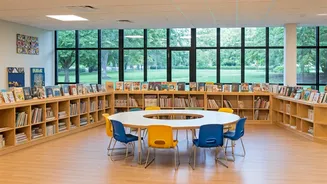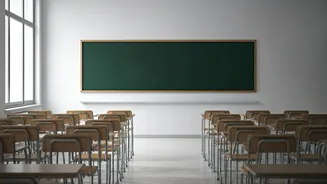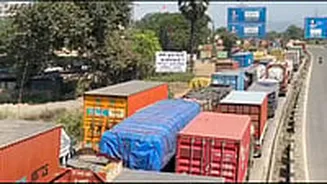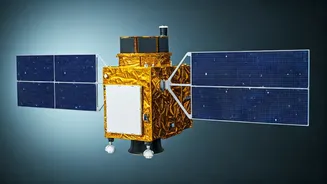Structure: Primary to Higher
The Indian education system is primarily structured into four main levels: primary, secondary, higher secondary, and higher education. Primary education typically
covers grades 1 to 5, providing foundational literacy and numeracy skills. Secondary education, spanning grades 6 to 10, builds upon this foundation, introducing more complex subjects. Higher secondary education, encompassing grades 11 and 12, prepares students for higher education or vocational training. Finally, higher education includes undergraduate and postgraduate programs offered by universities and colleges. The system is regulated by various bodies, including the Ministry of Education, state governments, and autonomous institutions, ensuring standards and curriculum frameworks across the country. Different boards, such as the Central Board of Secondary Education (CBSE) and state boards, conduct examinations and set syllabi, tailoring educational content to regional contexts.
Aims: Shaping Futures
The overarching aims of the Indian education system are multifaceted, focusing on holistic development. It strives to equip students with essential knowledge, skills, and values to become responsible and productive citizens. A core objective is to promote literacy and numeracy at all levels. Furthermore, the system encourages critical thinking, problem-solving, and creativity, essential for navigating a rapidly changing world. It emphasizes inclusivity, aiming to provide equitable access to education for all, regardless of background or ability. Additionally, the system aims to instill a sense of national identity, cultural understanding, and global awareness. The National Education Policy (NEP) 2020 underscores these goals, emphasizing experiential learning, skill development, and the integration of technology to enhance the quality of education and better prepare students for the future.
Recent Developments: Reforms
The Indian education system has undergone significant reforms and changes. The introduction of the NEP 2020 has been a landmark initiative. This policy promotes a flexible, multidisciplinary approach to learning, with emphasis on vocational training, early childhood care, and foundational literacy and numeracy. The focus is on competency-based education, with assessments designed to measure a student's grasp of concepts rather than rote learning. There has also been a push to integrate technology into education, with digital learning platforms and online resources becoming increasingly available. Furthermore, there's a growing emphasis on teacher training and professional development to ensure educators are equipped with the latest teaching methodologies. These developments aim to improve educational outcomes and make the Indian education system more relevant and responsive to the needs of the 21st century.
Challenges: Obstacles Faced
Despite progress, the Indian education system faces numerous challenges. Ensuring equitable access to education, especially in rural and underserved areas, remains a significant hurdle. Infrastructure disparities, including a lack of adequate classrooms, libraries, and sanitation facilities, affect the quality of education. Teacher shortages, especially in remote locations, and the need for improved teacher training are also crucial concerns. High dropout rates, particularly among girls and marginalized communities, pose another challenge. In addition, the quality of education varies widely across states and institutions, contributing to inconsistencies in learning outcomes. Addressing these challenges requires sustained investment in education, policy reforms, and collaborative efforts involving government, schools, and communities to create an inclusive and effective learning environment.
Future: Moving Forward
Looking ahead, the future of the Indian education system involves continued reforms and investments. The focus will be on implementing the NEP 2020 comprehensively. Key areas include strengthening teacher training programs and investing in infrastructure, ensuring that all schools have the resources necessary for quality education. There is a growing focus on integrating technology effectively, developing online learning resources, and providing digital literacy training to students and teachers. There will also be a greater emphasis on skill-based education and vocational training to enhance employability. Furthermore, efforts will be made to address disparities in access and outcomes, promote inclusivity, and ensure that every child has the opportunity to receive a quality education, shaping a brighter future for India.











